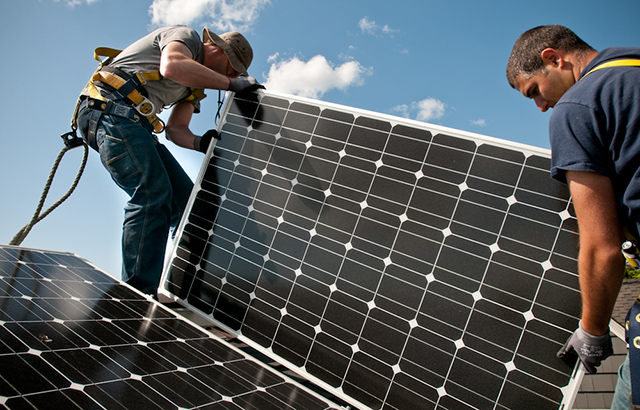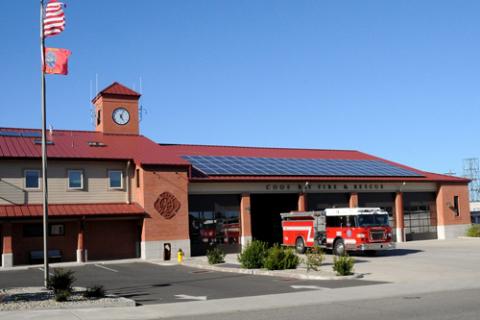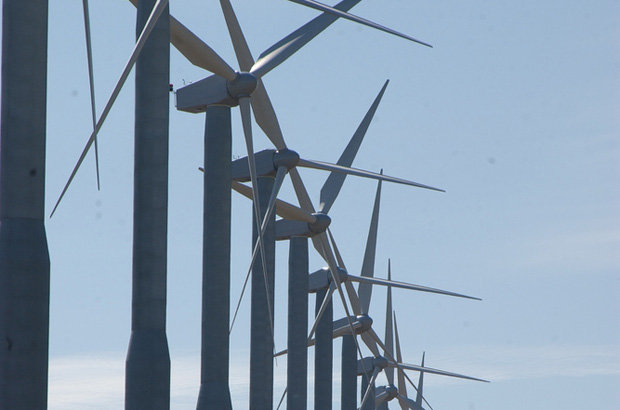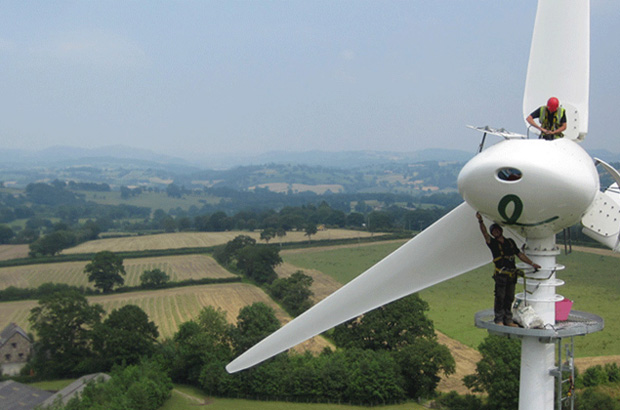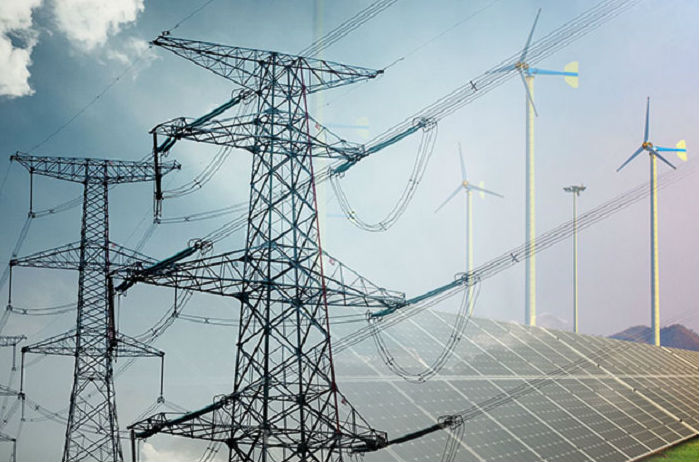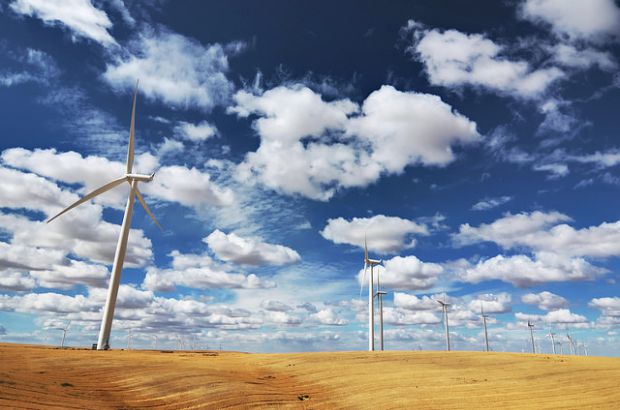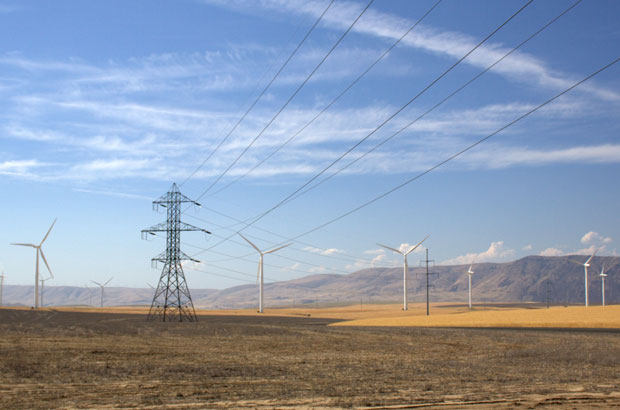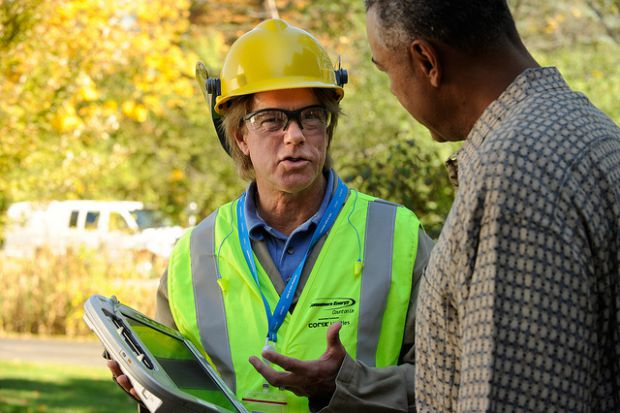Northwest Power and Conservation Council
In 1980 the U.S. Congress passed the Pacific Northwest Electric Power Planning and Conservation Act authorizing the four Northwest states of Idaho, Montana, Oregon, and Washington to develop a regional power plan and fish and wildlife program to balance the region’s environment and energy needs.

